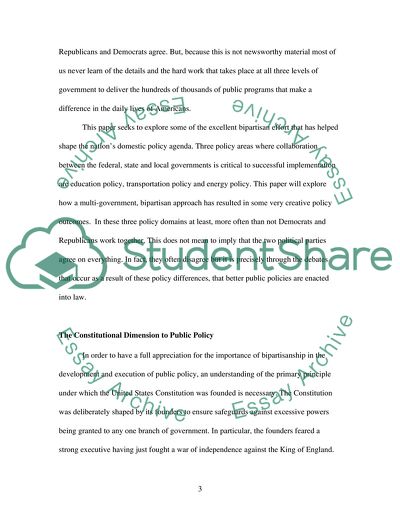Cite this document
(Examples of the US Bipartisan Success Coursework, n.d.)
Examples of the US Bipartisan Success Coursework. Retrieved from https://studentshare.org/politics/1738135-what-is-the-role-of-bi-partisan-correlations-in-domestic-policy-making-process-of-us-politics
Examples of the US Bipartisan Success Coursework. Retrieved from https://studentshare.org/politics/1738135-what-is-the-role-of-bi-partisan-correlations-in-domestic-policy-making-process-of-us-politics
(Examples of the US Bipartisan Success Coursework)
Examples of the US Bipartisan Success Coursework. https://studentshare.org/politics/1738135-what-is-the-role-of-bi-partisan-correlations-in-domestic-policy-making-process-of-us-politics.
Examples of the US Bipartisan Success Coursework. https://studentshare.org/politics/1738135-what-is-the-role-of-bi-partisan-correlations-in-domestic-policy-making-process-of-us-politics.
“Examples of the US Bipartisan Success Coursework”, n.d. https://studentshare.org/politics/1738135-what-is-the-role-of-bi-partisan-correlations-in-domestic-policy-making-process-of-us-politics.


